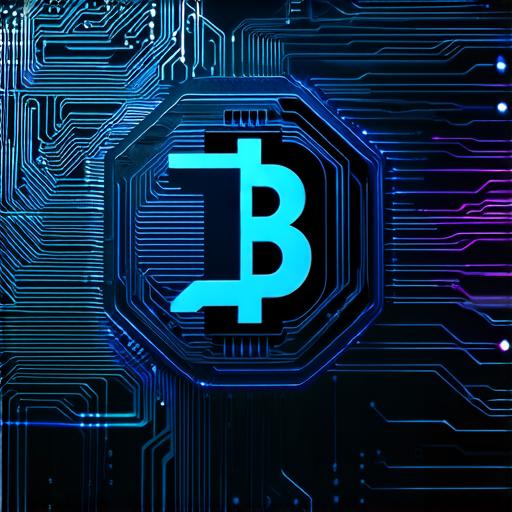What is a Blockchain Domain?
A blockchain domain is a unique identifier that represents an ownership and governance structure for digital assets within a blockchain network. It is essentially a virtual real estate on the blockchain, where users can buy, sell, and manage their digital assets in a secure and transparent manner. The concept of a blockchain domain was first introduced by Ethereum co-founder Vitalik Buterin in 2013 as a way to address the limitations of traditional centralized ownership structures.
How does a Blockchain Domain Work?
A blockchain domain works by defining and organizing ownership and governance structures for digital assets within a blockchain network. This is achieved through the use of smart contracts, which are self-executing contracts that can be programmed to automatically execute specific actions based on predefined conditions. Smart contracts provide a secure and transparent way of defining and enforcing ownership and governance structures for digital assets, eliminating the need for intermediaries and centralized authorities.
Real-life Examples of Blockchain Domains
There are already several real-life examples of blockchain domains in action. One such example is the decentralized social media platform, Steemit, which uses a blockchain domain to manage its ownership and governance structures. Steemit is a decentralized platform that allows users to earn cryptocurrency by creating and curating content on the site. The platform uses a blockchain domain to define and enforce ownership structures for its digital assets, allowing users to have greater control over their earnings and eliminating the need for intermediaries.
Decentralized Autonomous Organizations (DAOs)
One of the key features of a blockchain domain is that it allows for the creation of decentralized autonomous organizations (DAOs), which are self-governing entities that operate on the blockchain. DAOs can be used to manage the ownership and governance of digital assets within a blockchain network, allowing users to have greater control over their assets and making it easier to create new business models based on this technology.
Real-life Examples of Blockchain Domains
There are already several real-life examples of blockchain domains in action. One such example is the decentralized social media platform, Steemit, which uses a blockchain domain to manage its ownership and governance structures. Another example is the decentralized finance (DeFi) platform, Uniswap, which uses a blockchain domain to manage its liquidity pools. A liquidity pool is a pool of cryptocurrency that can be used to facilitate trades on the platform. The platform uses a blockchain domain to define and enforce ownership structures for its liquidity pool assets, allowing users to have greater control over their investments and eliminating the need for intermediaries.
FAQs

What is a blockchain domain?
A blockchain domain is a unique identifier that represents an ownership and governance structure for digital assets within a blockchain network. It is essentially a virtual real estate on the blockchain, where users can buy, sell, and manage their digital assets in a secure and transparent manner.
How does a blockchain domain work?
A blockchain domain works by defining and organizing ownership and governance structures for digital assets within a blockchain network. This is achieved through the use of smart contracts, which are self-executing contracts that can be programmed to automatically execute specific actions based on predefined conditions. Smart contracts provide a secure and transparent way of defining and enforcing ownership and governance structures for digital assets, eliminating the need for intermediaries and centralized authorities.
What are some real-life examples of blockchain domains?
There are already several real-life examples of blockchain domains in action. One such example is the decentralized social media platform, Steemit, which uses a blockchain domain to manage its ownership and governance structures. Another example is the decentralized finance (DeFi) platform, Uniswap, which uses a blockchain domain to manage its liquidity pools.
How can I get started with a blockchain domain?
To get started with a blockchain domain, you will need to have a basic understanding of blockchain technology and smart contracts. You will also need access to a blockchain network that supports the creation and management of domains. Once you have these resources, you can start exploring the various use cases for blockchain domains and begin building your own domain-based applications on the blockchain.
